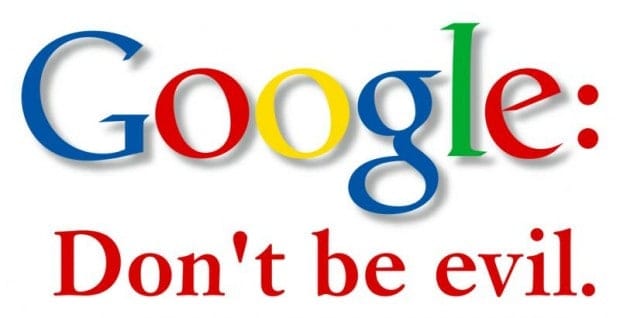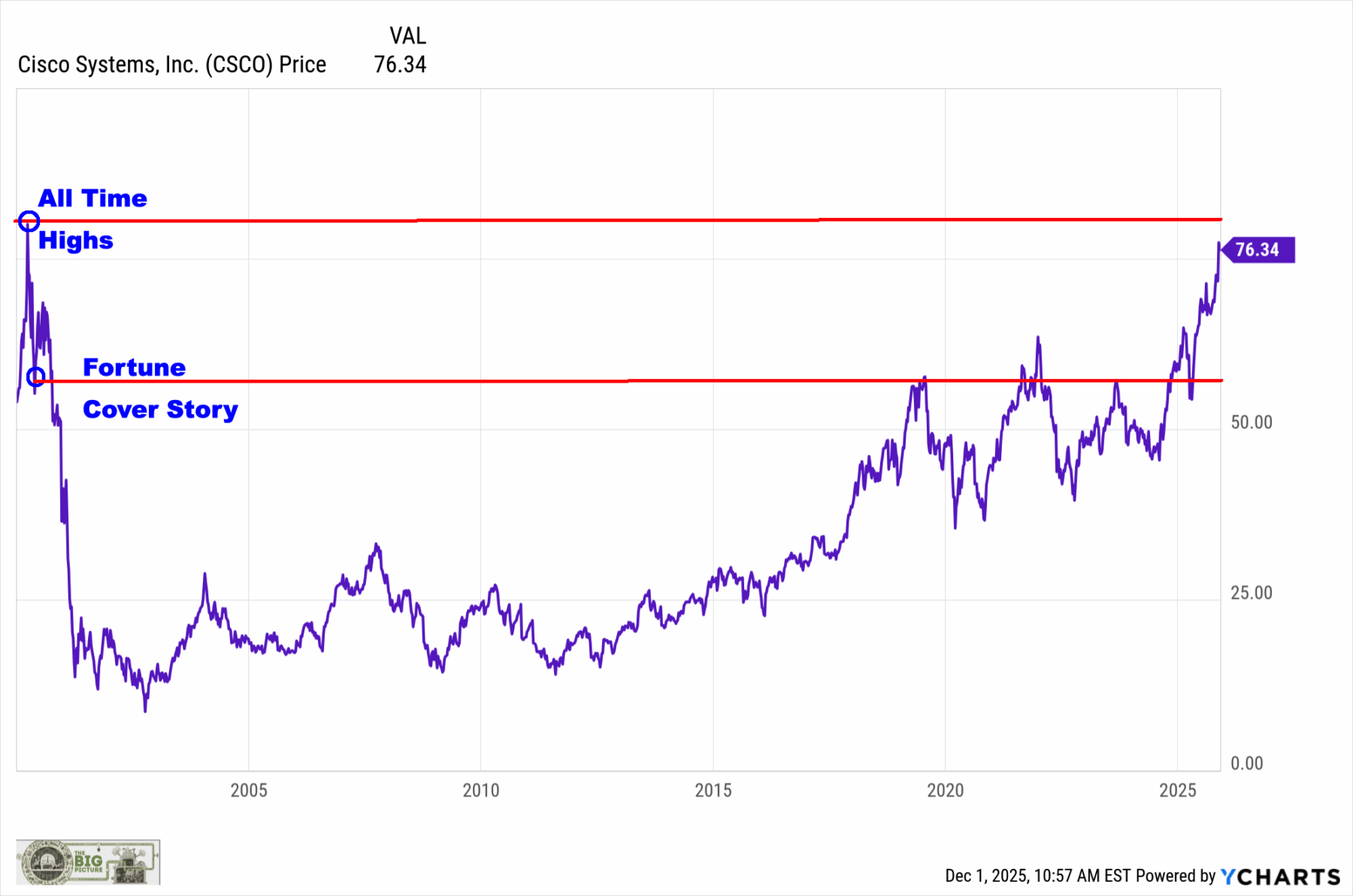Not long ago I pointed to a case where we could see the perfectly predictable outcomes of wage controls playing out in real time in Seattle. Now, my current state of residence, Minnesota, is offering a chance to see in real time how licensing laws come into being. Let’s take a look.
There is a proposal under way to prevent anyone from providing “unlicensed” painting services. If passed, this proposal would create a new “paint contractor board to oversee the licensing. It would require all painters to get licensed or work as a journeyworker under a contractor.” Apparently, we here in Minnesota have been living with the horror of painting services provided by unlicensed and uncredentialled workers, which is bad for reasons that are never clearly explained.
I certainly haven’t seen the harm – when my wife and I moved into our current residence, we had most of the interior repainted by a father-son family business, and they did a great job, despite a lack of licensing requirements. As the news story I linked above points out, “Twenty-three states currently do not license painters, according to the Institute for Justice. Red states such as Texas, Oklahoma, and Kansas have rejected licensing, but so have blue states such as Illinois and Colorado.”
It certainly seems to me that Minnesota has been getting along just fine without requiring painting licenses. Unfortunately for the painters we hired, and for everyone else who has been making a living or doing some extra work on the side by providing this service, this doesn’t seem to matter to Minnesota legislators. Even established painters “with decades of experience” will be required “to go through the licensing regime and, in the meantime, hire an approved painter to oversee their work.” This would also impact the work of “small contractors and remodelers by requiring them to find a licensed painter even if they are capable of doing it themselves. A plumber who installs a new toilet, shower, and sink would be banned from adding a coat of paint to finish a bathroom remodel.” So, where is the push for this new licensing requirement coming from? Perhaps, in states allowing unlicensed painters, there has been a string of buildings spontaneously collapsing as a result of being painted by people lacking government-dictated credentials, and I just haven’t noticed?
Of course not. This legislation, as is almost always the case with legislation of this kind, is not coming about because consumers have been raising the alarm and petitioning their governments to protect them from the menace of unlicensed painters (or unlicensed florists). Instead, Minnesota may end up engaging in this misadventure as a result of “three Democratic-Farmer-Labor senators: Jennifer McEwen, Judy Seeberger, and John Hoffman. All were backed in their elections by the Painters and Allied Trades Council, the union that stands to benefit from the bill.”
And here we see the public choice lesson playing out in a nutshell. The typical person in Minnesota isn’t spending a moment of time thinking or worrying about paint licensing – they are too busy with the process of living their normal lives. Meanwhile, a small but concentrated special interest group and just a few legislators, having a very different set of incentives, can go about passing a new regulation that puts up new barriers to entry to what used to be an easy to enter profession, limit competition, and drive up costs, benefitting the politically connected few at the expense of everyone else.
Of course, this one change is not going to bring about devastation to Minnesota. But just as the little things matter when they are positive, so too do they matter when they are negative. And just as a large number of tiny improvements can come together to create major improvements, large numbers of these little degradations can come together to cumulatively impose substantial burdens.
















